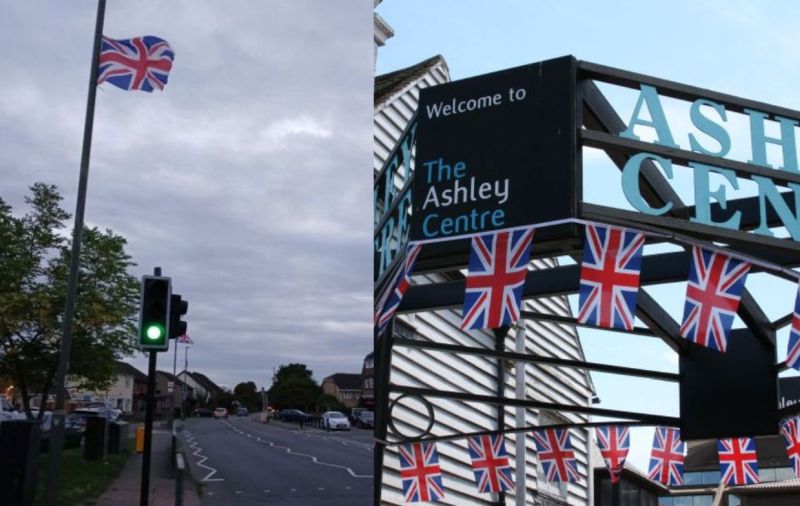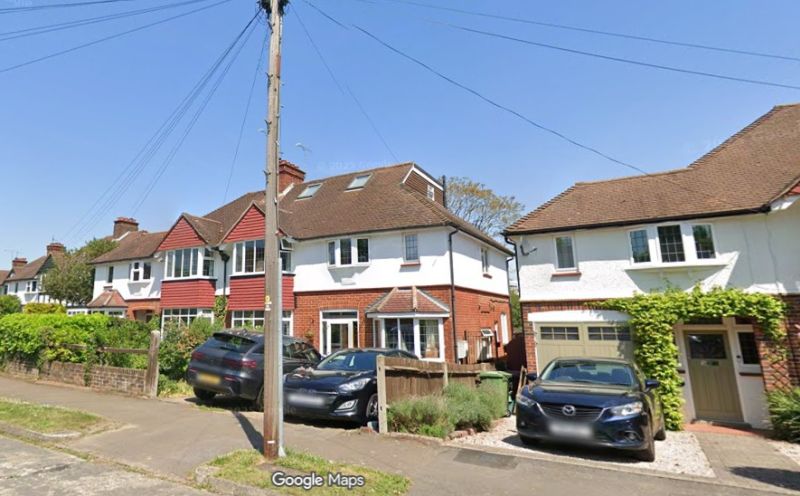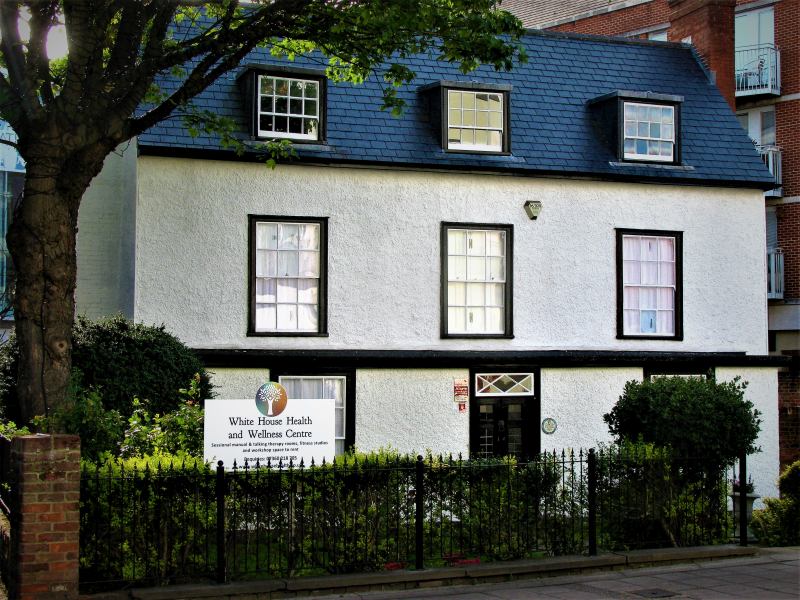Healthy future for Epsom’s restored White House
The White House, located at 16 Waterloo Road, Epsom, nestled between Blacks Burgers and Nandos, is a Grade II listed building that dates back to the early 1700s. Recently, it has undergone a beautiful restoration in preparation for an exciting new phase in its rich history.
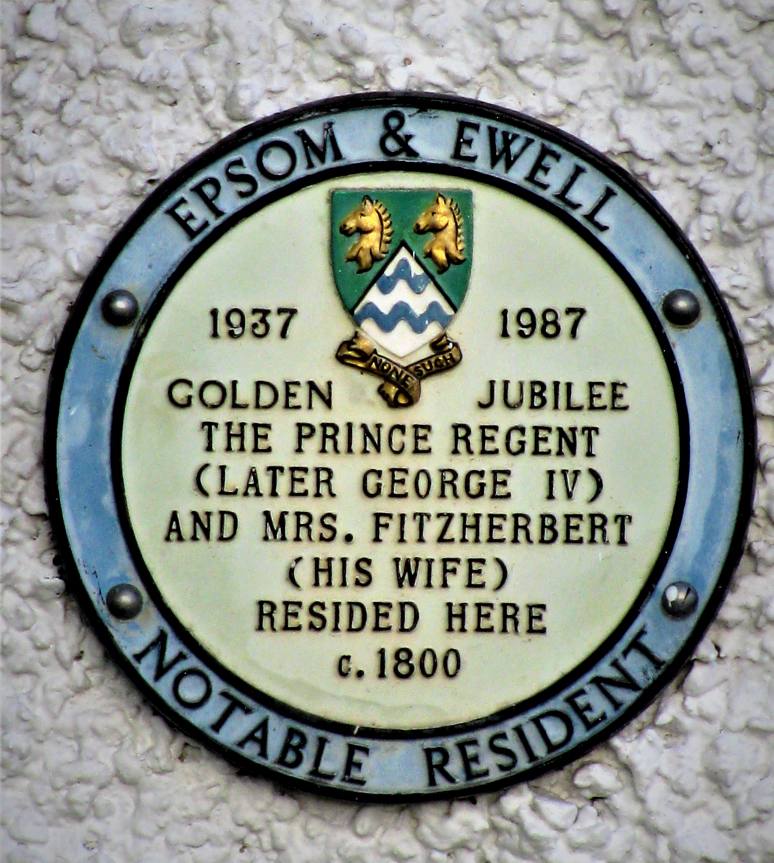
The new owner has successfully preserved the building’s charm and character, while modernizing its internal features to create comfortable and contemporary treatment and therapy spaces. The White House is transformed into a Health and Wellness Centre, where professionals with various skills can utilize rooms once occupied by two historically significant individuals, as confirmed by the plaque on the building’s front, visible from the pathway.
Around 1800, Prince George and Mrs. Fitzherbert resided in the same building now known as The White House. However, the question arises: What became of Princess Caroline, the woman Prince George married just five years earlier, and why is her name absent from the plaque?
While King George III led a scandal-free life, the same cannot be said for his son, Prince George, who lived an extravagant lifestyle characterized by heavy drinking and entertaining mistresses. Burdened by mounting debts, Prince George sought financial assistance from his father, who agreed to help him under the condition that Prince George marry his cousin, Princess Caroline of Brunswick.
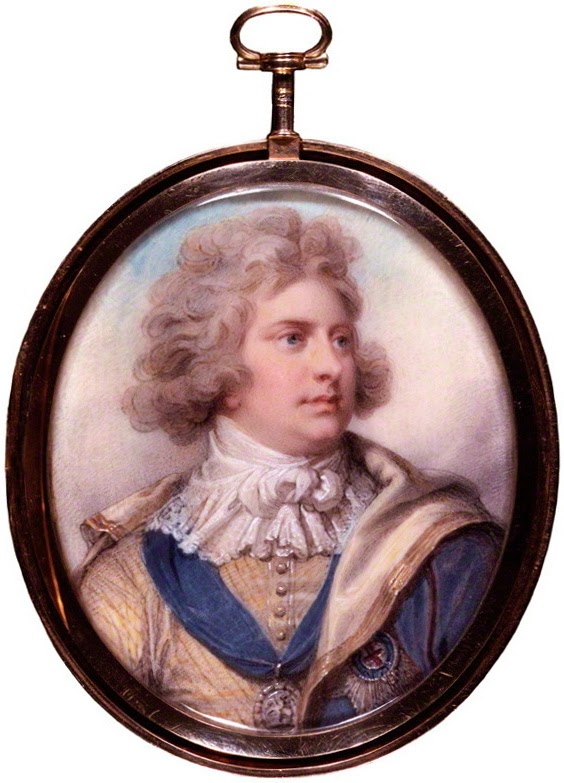
Although Prince George had previously secretly married the twice-widowed Maria Anne Fitzherbert, this marriage was invalid because King George III had not consented to it. On April 8, 1795, Prince George married Princess Caroline at the Chapel Royal, St. James’s Palace. However, the couple proved incompatible despite Caroline giving birth to Princess Charlotte, George’s only legitimate child, just nine months after their wedding ceremony.
Upon their first meeting, Prince George called for a glass of brandy, while Princess Caroline commented on how much thinner and more handsome George appeared in the portrait she had seen of him. Prince George found his wife unattractive and “unhygienic” and could not bear to have intimate relations with her (he ensured he was drunk on the night of their wedding). Princess Caroline, on the other hand, was beloved by the public, who generally despised her husband, “the Prince of Pleasure,” due to his continuous overindulgence and accumulating debts.
On January 29, 1820, George ascended to the throne as King of the United Kingdom and Hanover, with Caroline becoming Queen Consort in name. George sought a divorce from Caroline but couldn’t obtain one due to the weak evidence against her. This was partly because Caroline was held in high regard by the public, who viewed George’s conduct as immoral.
Caroline was barred from attending King George IV’s coronation on July 19, 1821, and subsequently fell ill in London. Tragically, she passed away three weeks after the coronation she had not been allowed to attend. Her funeral procession moved slowly through London en route to Brunswick, where she was laid to rest. This allowed George to continue his romantic attachment to Maria Fitzherbert and entertain other mistresses.

The brass medallion, which I purchased a few years ago at Oxfam in Epsom High Street, likely belonged to one of Queen Caroline’s supporters before her death. It resembles a miniature portrait, much like the one of Prince George shown above. “Caroline Queen of England” is inscribed around the perimeter of the medallion, featuring a bust of King George IV’s lawful wife.
The brass medallion serves as a poignant reminder of how poorly Queen Caroline was treated by her husband, King George IV, and underscores the ongoing need to ensure that women from all cultures and walks of life are shown respect and treated fairly in today’s modern society.




